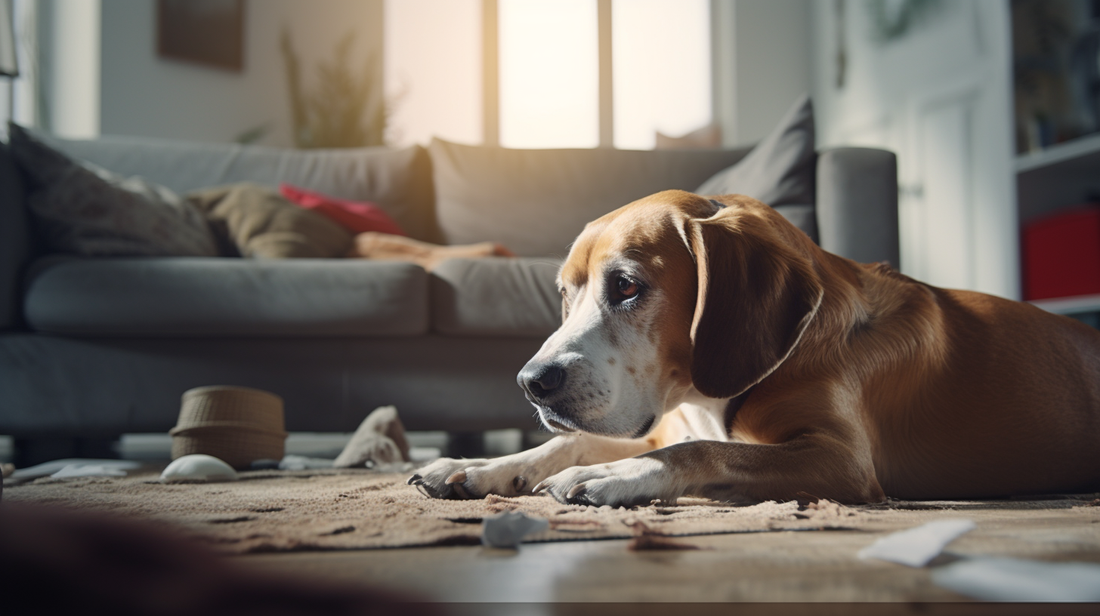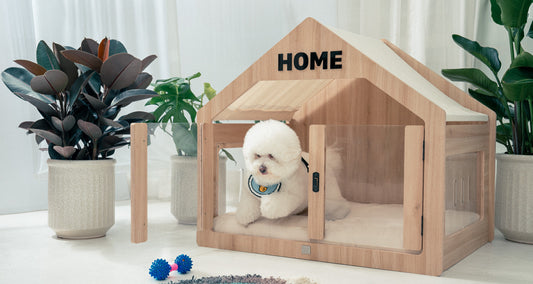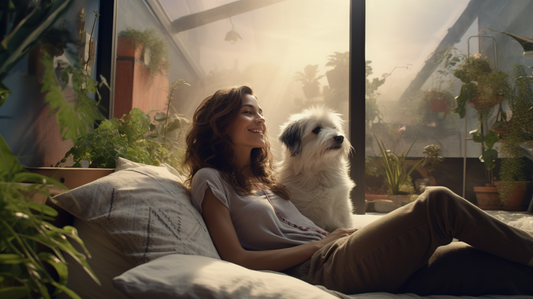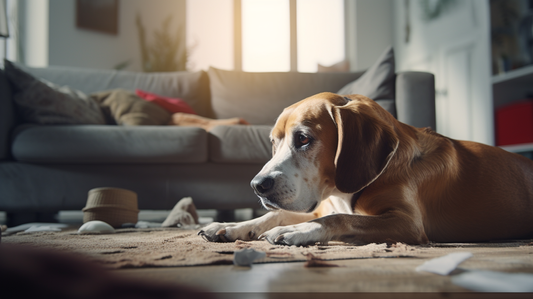Introduction
Separation anxiety is a common issue faced by many dog owners. It occurs when a dog becomes extremely anxious and distressed when separated from its owner. This can result in destructive behaviors, excessive barking, and even self-harm. Crate training can be an effective tool in managing separation anxiety, as it provides a safe and secure space for your dog when you are not at home. This article will provide a comprehensive guide on how to manage separation anxiety with crate training.
Understanding Separation Anxiety
Separation anxiety is a condition where a dog exhibits distress and behavior problems when separated from its owner. Symptoms can include excessive barking or howling, destructive chewing, attempts to escape, and pacing. It is important to understand that separation anxiety is not a result of a lack of training or disobedience, but rather a panic response.
The Benefits of Crate Training
Crate training can be beneficial for dogs with separation anxiety for several reasons:
-
Safety: A crate provides a safe and secure space for your dog when you are not at home. This can help prevent destructive behaviors and self-harm.
-
Routine: Establishing a routine of spending time in the crate can help reduce anxiety as your dog will know what to expect.
-
Positive Association: By creating positive associations with the crate, it can become a comforting and familiar space for your dog.
Creating a Positive Crate Experience
It is essential to create a positive and comfortable environment inside the crate. Add soft bedding, chew toys, and an item of your clothing to make it more familiar. Feed your dog their meals inside the crate and give them treats and praise when they go inside voluntarily. Never use the crate as a punishment or force your dog into it.
Gradual Desensitization
Gradual desensitization is a process where you gradually expose your dog to being alone in the crate for increasing periods of time. Start with short intervals of 10-15 minutes and gradually increase the time as your dog becomes more comfortable. Practice leaving and returning without making a big fuss. This will help your dog understand that you will always come back.
Exercise and Mental Stimulation
Providing plenty of exercise and mental stimulation before leaving your dog in the crate can help reduce anxiety. A tired dog is less likely to be anxious and more likely to rest while you are gone.
Conclusion
Managing separation anxiety with crate training can be an effective way to provide a safe and secure space for your dog when you are not at home. Remember to create a positive crate experience, practice gradual desensitization, and provide plenty of exercise and mental stimulation. With patience and consistency, you can help manage your dog's separation anxiety and create a more comfortable and relaxed environment for them.
Note: It is important to consult with a professional dog trainer or a veterinary behaviorist if your dog is showing signs of severe separation anxiety. Crate training may not be suitable for all dogs, and it is important to find a solution that works best for your individual dog.
Upgrading Your Dog's Space
Once your dog has made progress with their separation anxiety and has become comfortable with their crate, you may want to consider upgrading to a more permanent and comfortable space for your dog. The Wooffy Modern Dog House is a perfect choice. It is a stunning piece that adds a touch of elegance to any home decor whilst offering a warm, den-like atmosphere with optimal ventilation and light. Inside is a water-resistant and breathable bed, guaranteeing your dog a pleasant retreat. Check it out here.
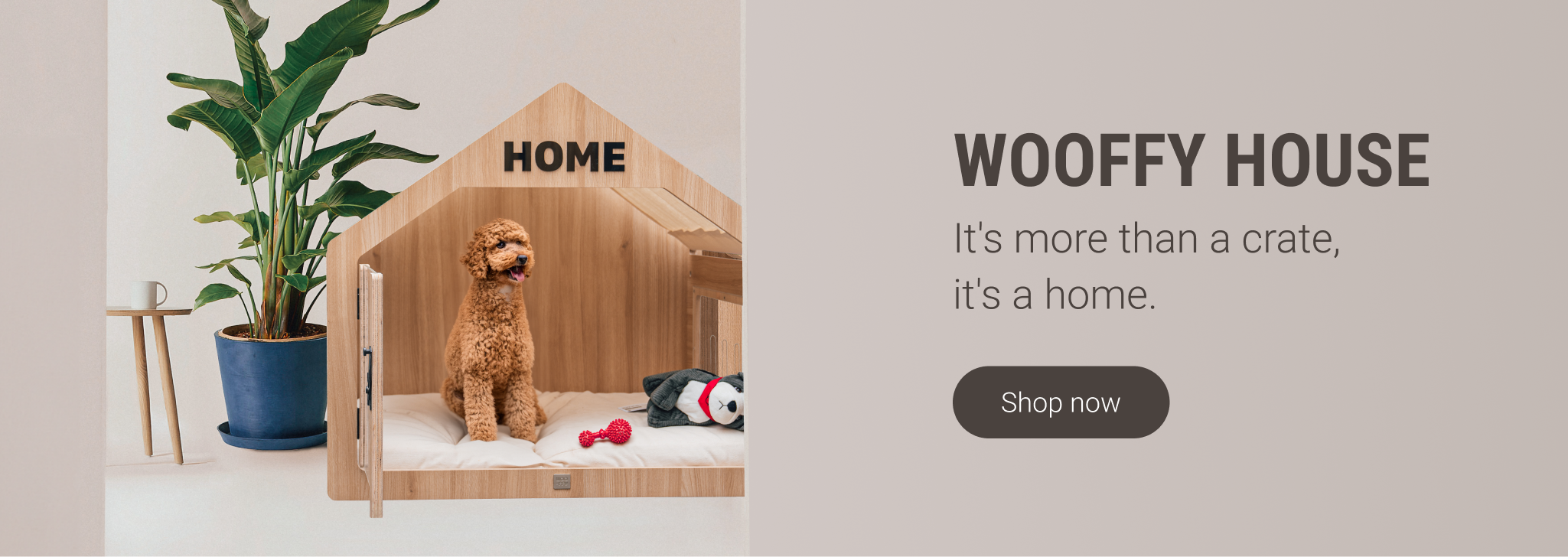
Read More

